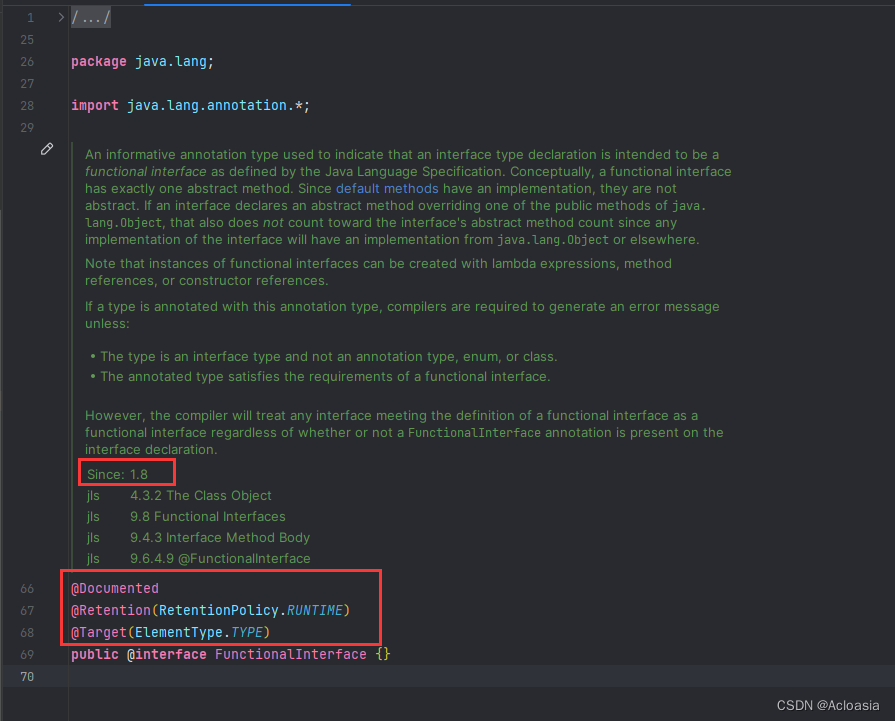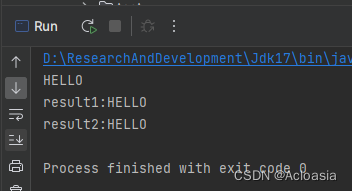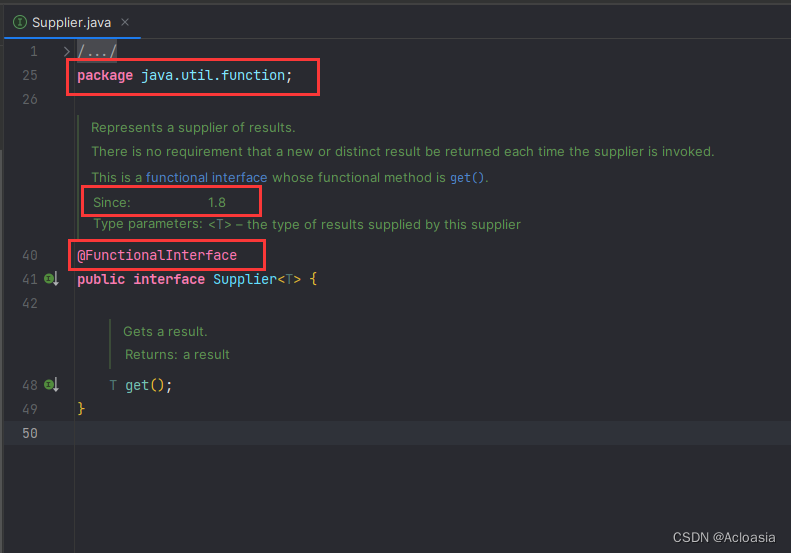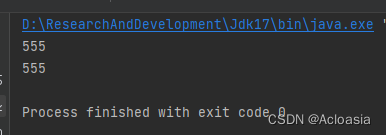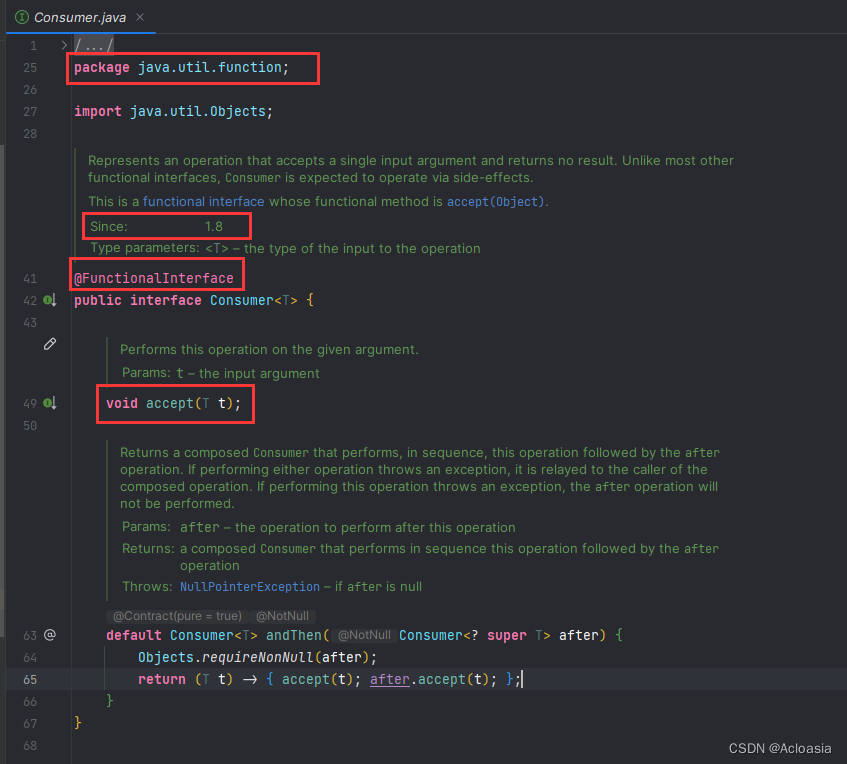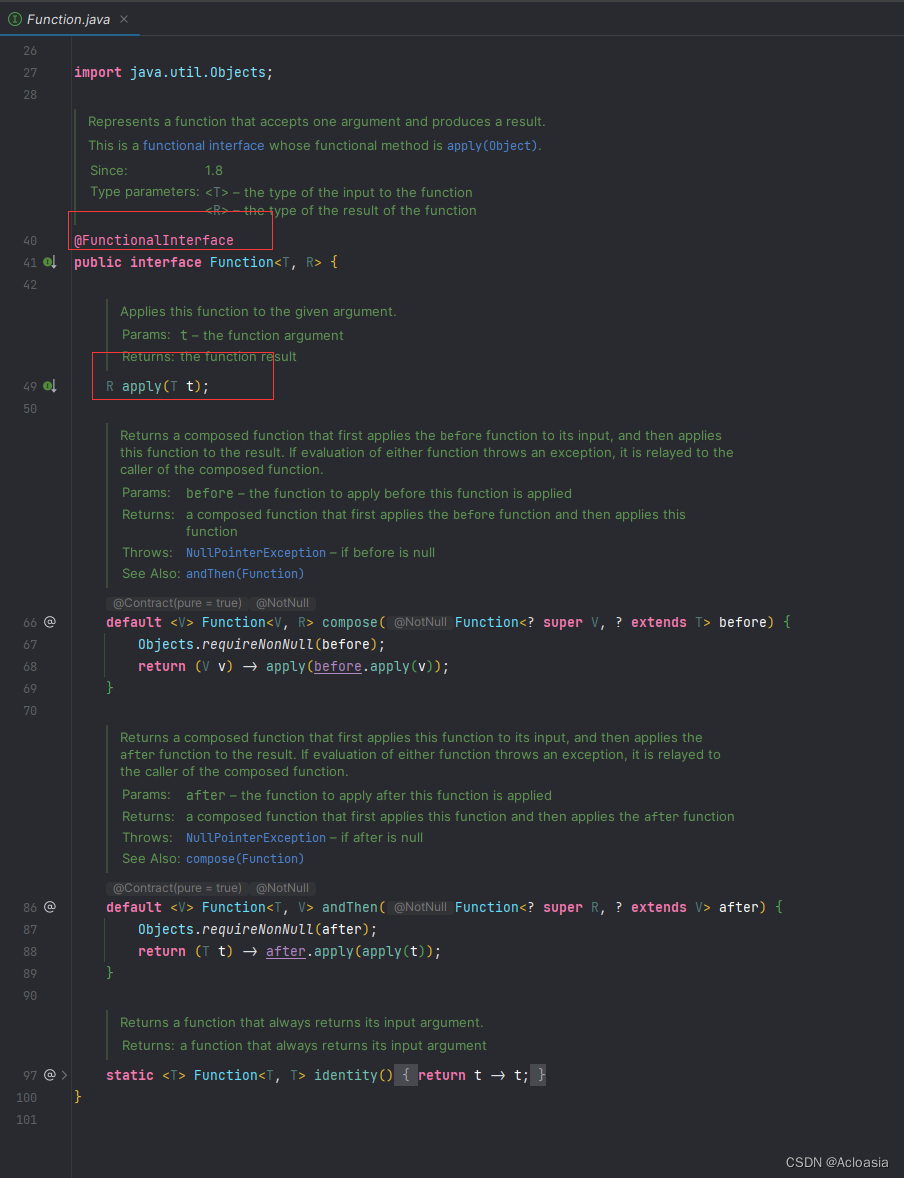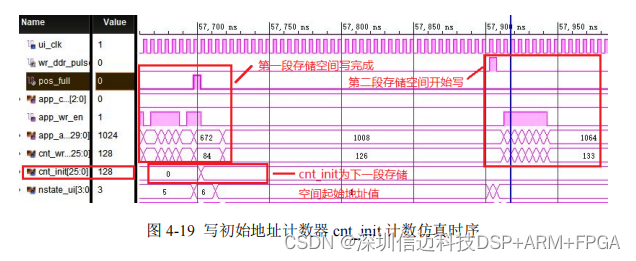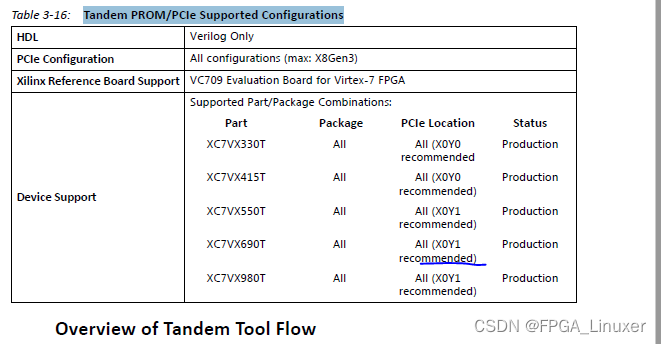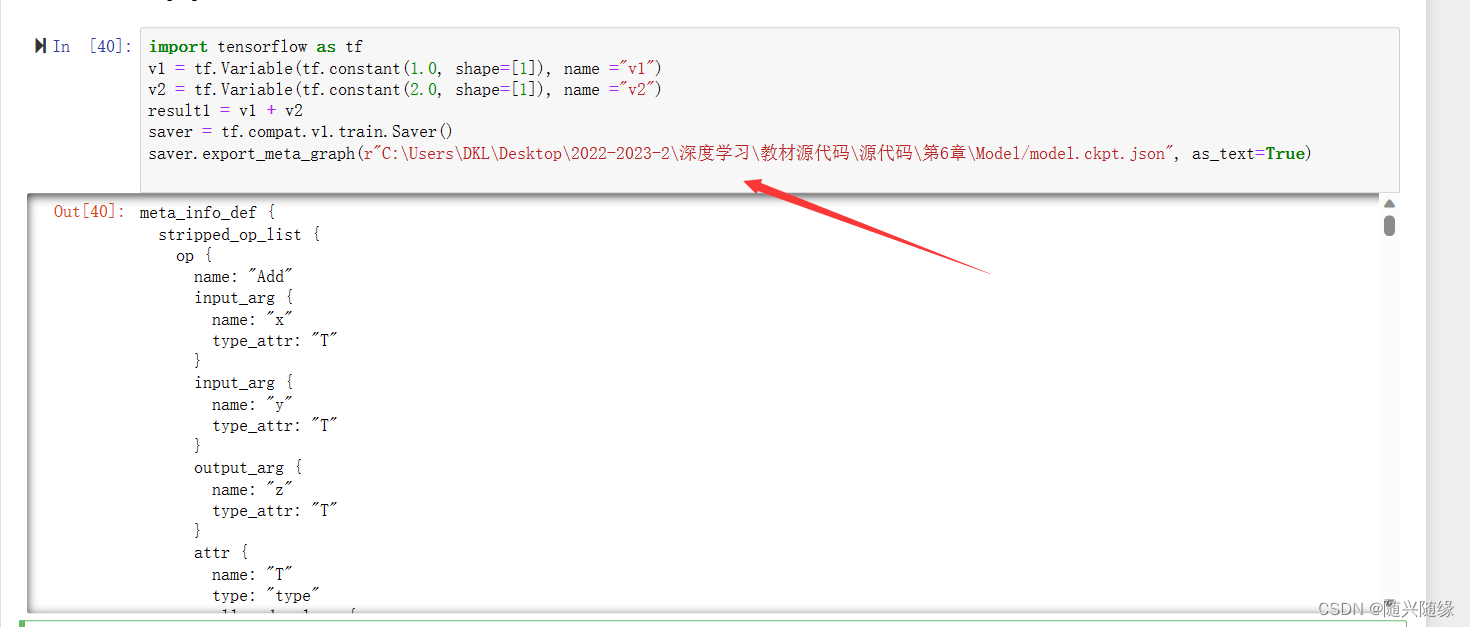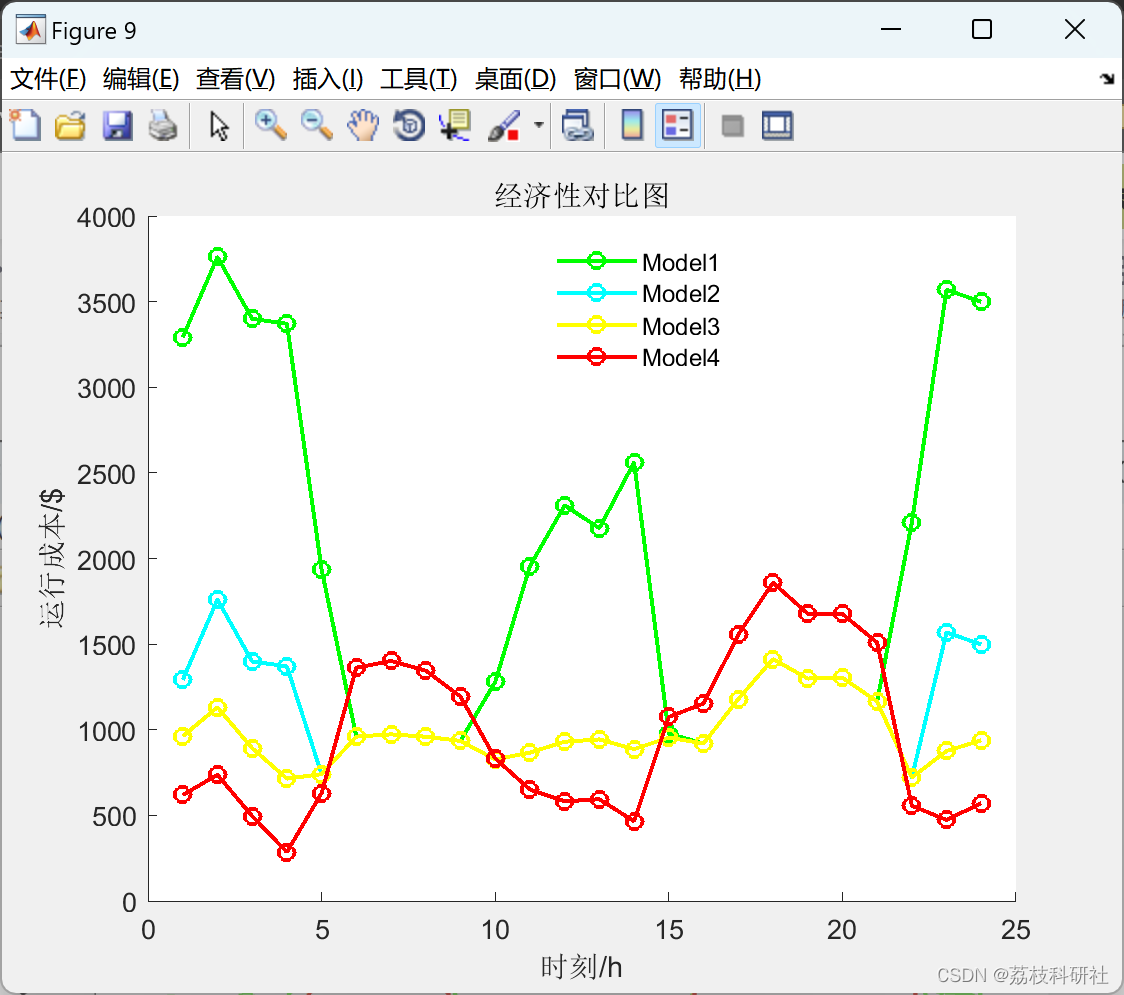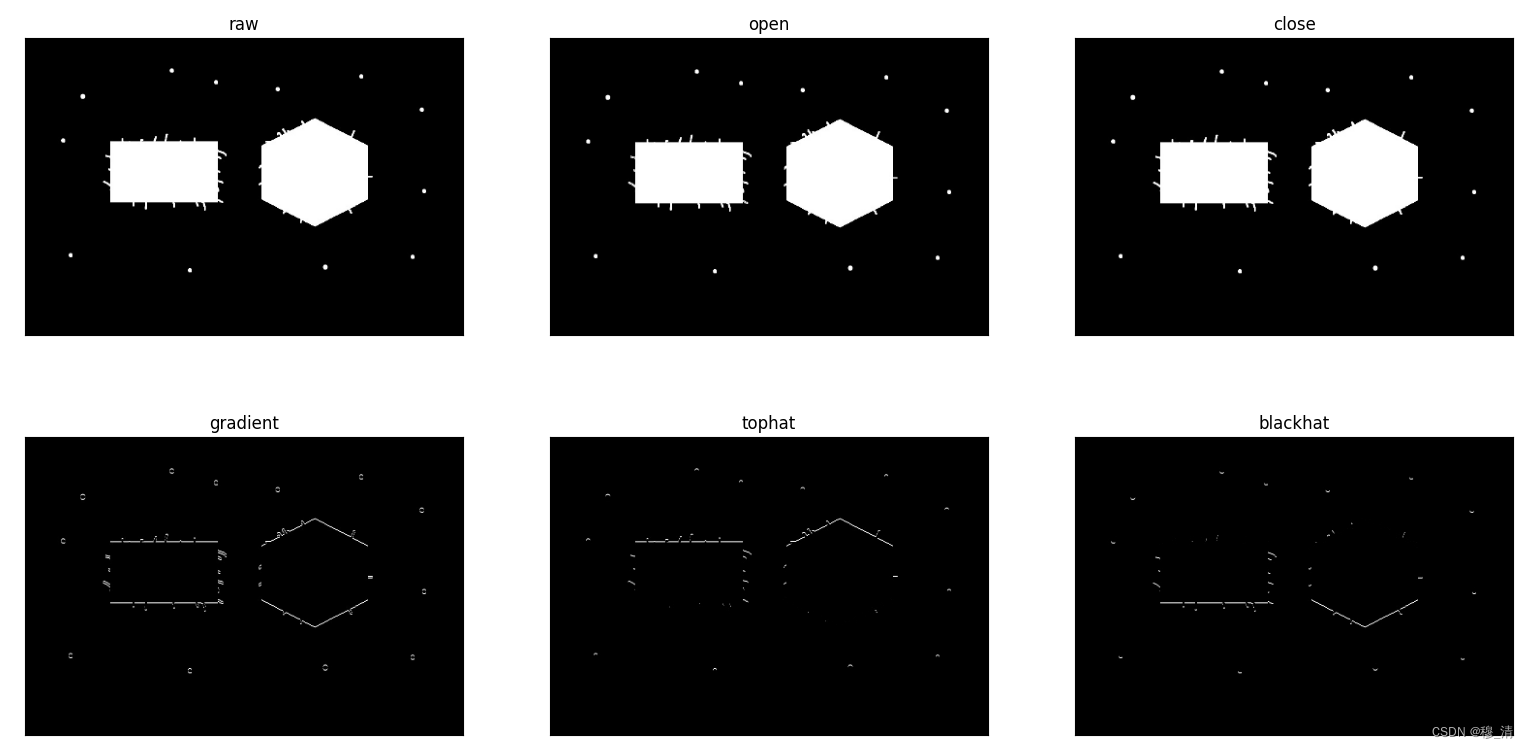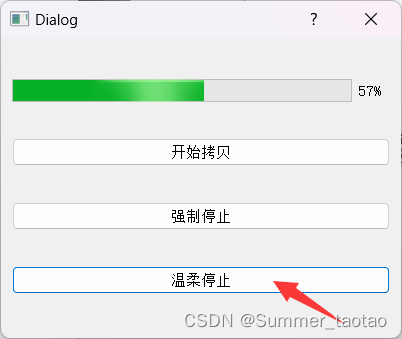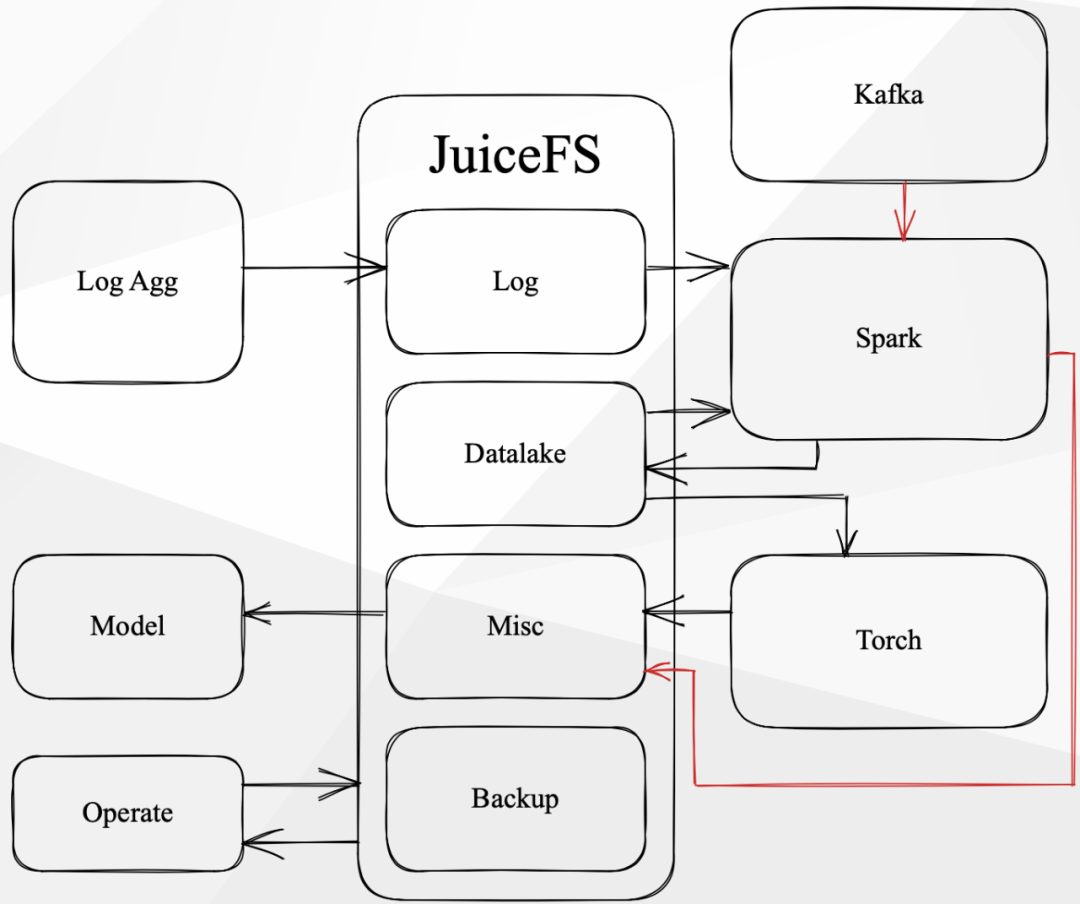目录
3.函数式接口
思维导图
3.1 什么是函数式接口
3.2 @functionalinterface注解 源码分析
3.3 Lambda表达式和函数式接口关系
3.4 使用函数式接口
3.5 内置函数式接口
四大核的函数式接口区别
3.5.1 Supplier 函数式接口源码分析
3.5.2 Supplier 函数式接口使用
3.5.3 Consumer 函数式接口源码分析
3.5.4 Consumer 函数式接口使用
3.5.5 Function 函数式接口源码分析
3.5.6 Function 函数式接口使用
3.5.7 Predicate 函数式接口源码分析
3.5.8 Predicate 函数式接口使用
3.函数式接口
思维导图

3.1 什么是函数式接口
如果一个接口中只包含一个抽象方法,这个接口称为函数式接口
如果一个接口包含,一个抽象方法、一个默认方法、一个静态方法,这个接口也是函数式接口
3.2 @functionalinterface注解 源码分析
一个标记性注解
在定义接口是函数式接口时,可以使用 @functionalinterface 注解进行标注,该注解会在编译器对这个接口进行检查
如果使用@functionalinterface 注解来定义接口,编译器将会强制检查该接口,是否只有一个抽象方法,否则会报错。
3.3 Lambda表达式和函数式接口关系
Lambda表达式就是一个函数式接口的实例
如果一个对象是函数式接口的实例,那么该对象就可以用Lambda表达式,用匿名实现类表示的地方都可以用Lambda表达式替换
3.4 使用函数式接口
可以使用JDK中内置的函数式接口,也可以自定义函数式接口
案例1:
先定义一个函数式接口
@FunctionalInterface public interface MyFun<T> { T getValue(T t); }写一个实现类,FunctionInterfaceDemo1,进行对给定字符串转为大写
/** * 函数式接口使用 */ public class FunctionInterfaceDemo1 { public static void main(String[] args) { //需求: 使用函数式接口,将给定的字符转为大写 //1.使用原始方法 System.out.println(toUpperCase("hello")); //2.使用函数式接口 String result1 = toLowerCase(new MyFun<String>() { @Override public String getValue(String s) { return s.toUpperCase(); } }, "hello"); System.out.println("result1:" + result1); String result2 = toLowerCase( s -> s.toUpperCase(), "hello"); System.out.println("result2:" + result2); } // 定义一个方法,将给定的字符串转为大写 public static String toUpperCase(String str) { return str.toUpperCase(); } /** * 将给定的字符串转为大写 * @param function 函数式接口 * @param str 给定字符串 * @return */ public static String toLowerCase(MyFun<String> function, String str) { return function.getValue(str); } }运行结果:
3.5 内置函数式接口
在JDK8中内置了以下四大核的函数式接口
Supplier接口、Consumer接口、Function接口、Predicate接口
四大核的函数式接口区别
函数式接口 参数类型 返回类型 使用说明 Consumer<T> T void 对类型为T的对象应用操作,
包含方法:void accept(T t)
Supplier<T> 无 T 返回类型为T的对象,
包含方法:T get()
Function<T,R> T R 对类型为T的对象应用操作,
并返回结果为R类型的对象。包含方法:Rapply(T t)
Predicate<T> T boolean 确定类型为T的对象是否满足某约束,
并返回布尔值。包含方法: booleantest(T t)
3.5.1 Supplier 函数式接口源码分析
3.5.2 Supplier 函数式接口使用
案例:
/** * JDK内置Supplier函数式接口的使用 */ public class SupplierDemo1 { public static void main(String[] args) { getMax(new Supplier<Integer>() { @Override public Integer get() { //1.定义一个数组 int[] arr = {12,23,34,94,555,60,27,38,99}; //2.对数组进行排序 Arrays.sort(arr); //3.将最大值返回 return arr[arr.length - 1]; } }); getMax(() ->{ //1.定义一个数组 int[] arr = {12,23,34,94,555,60,27,38,99}; //2.对数组进行排序 Arrays.sort(arr); //3.将最大值返回 return arr[arr.length - 1]; }); } private static void getMax(Supplier<Integer> supplier) { int max = supplier.get(); System.out.println(max); } }运行结果:
3.5.3 Consumer 函数式接口源码分析
消费一个数据,其数据类型由泛型参数决定
Consumer 函数式接口,可以通过accept()方法参数传递过来的数据进行处理
有参无返回接口
3.5.4 Consumer 函数式接口使用
案例:
/** * JDK内置 消费型函数式接口 Consumer 使用 */ public class ConsumerDemo { public static void main(String[] args) { transform(new Consumer<String>() { @Override public void accept(String s) { System.out.println(s.toUpperCase()); } }); transform(s -> System.out.println(s.toUpperCase())); } public static void transform(Consumer<String> consumer) { consumer.accept("hello Consumer"); } }3.5.5 Function 函数式接口源码分析
根据一个类型的数据得到另外一个类型的数据,有参有返回
Function转换型接口,对apply()方法传入的T类型数据进行处理,返回R类型的结果
3.5.6 Function 函数式接口使用
案例:
/** * JDk内置功能型接口 Function 使用 */ public class FunctionDemo { public static void main(String[] args) { System.out.println(calculate(new Function<String, Integer>() { @Override public Integer apply(String s) { return Integer.parseInt(s); } })); System.out.println(calculate( s-> Integer.parseInt(s))); System.out.println(calculate1(s-> Integer.parseInt(s), i -> i +5)); } public static int calculate(Function<String,Integer> function) { Integer value = function.apply("10"); return value + 5; } public static int calculate1(Function<String,Integer> f1,Function<Integer,Integer> f2) { Integer value2 = f1.andThen(f2).apply("10"); return value2; } }3.5.7 Predicate 函数式接口源码分析
需要对某种类型的数据进行判断,从而得到一个Boolean值结果,常用于条件判断场景
3.5.8 Predicate 函数式接口使用
/** * JDK内置断言函数式接口 Predicate 使用 */ public class PredicateDemo { public static void main(String[] args) { testName(s -> s.length() > 3,"张三"); testAnd( s -> s.contains("A"), s -> s.contains("B"), "ABC" ); testAnd( s -> s.contains("A"), s -> s.contains("B"), "Abc" ); testOr( s -> s.contains("Z"), s -> s.contains("Y"), "Zxc" ); testOr( s -> s.contains("Z"), s -> s.contains("Y"), "zxc" ); testNegate( s -> s.contains("Q"), "iQ" ); testNegate( s -> s.contains("Q"), "asd" ); } /** * 使用Lambda表达式判断 名字长度是否超过3个字 */ private static void testName(Predicate<String> predicate,String name) { System.out.println(predicate.test(name) ? "超过3个字" : "没有超过3个字"); } /** * 使用Lambda表达式判断一个字符中,包含A,包含B * 使用了Predicate 中的 and 与 * default Predicate<T> and(Predicate<? super T> other) { * Objects.requireNonNull(other); * return (t) -> test(t) && other.test(t); * } */ private static void testAnd(Predicate<String> p1,Predicate<String> p2,String str) { System.out.println(p1.and(p2).test(str) ? "yes" : "no"); } /** * 使用Lambda表达式判断一个字符中,可能包含Z 或者 可能 包含Y * 使用了Predicate 中的 or 或 * default Predicate<T> or(Predicate<? super T> other) { * Objects.requireNonNull(other); * return (t) -> test(t) || other.test(t); * } */ private static void testOr(Predicate<String> p1,Predicate<String> p2,String str) { System.out.println(p1.or(p2).test(str) ? "可能包含Z 或者 可能 包含Y" : "不包含Z 不包含Y"); } /** * 使用Lambda表达式判断一个字符中,可能不包含Q * 使用了Predicate 中的 * default Predicate<T> negate() { * return (t) -> !test(t); * } * */ private static void testNegate(Predicate<String> p1, String str) { System.out.println(p1.negate().test(str) ? "不包含Q" : "包含Q"); } }
